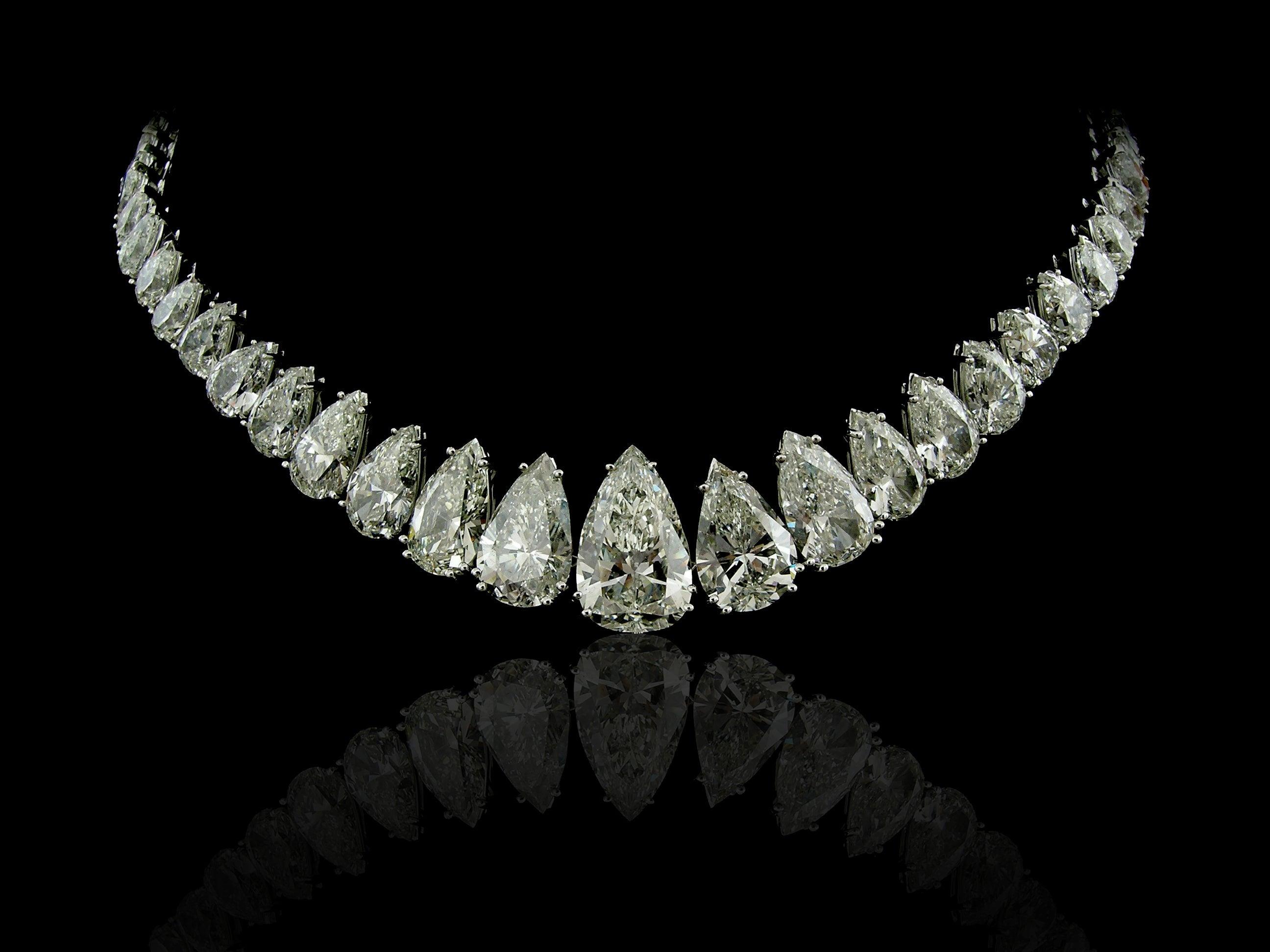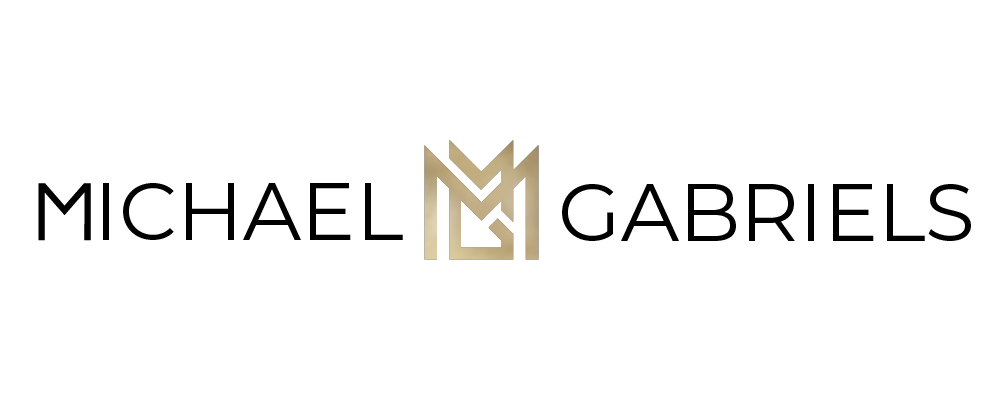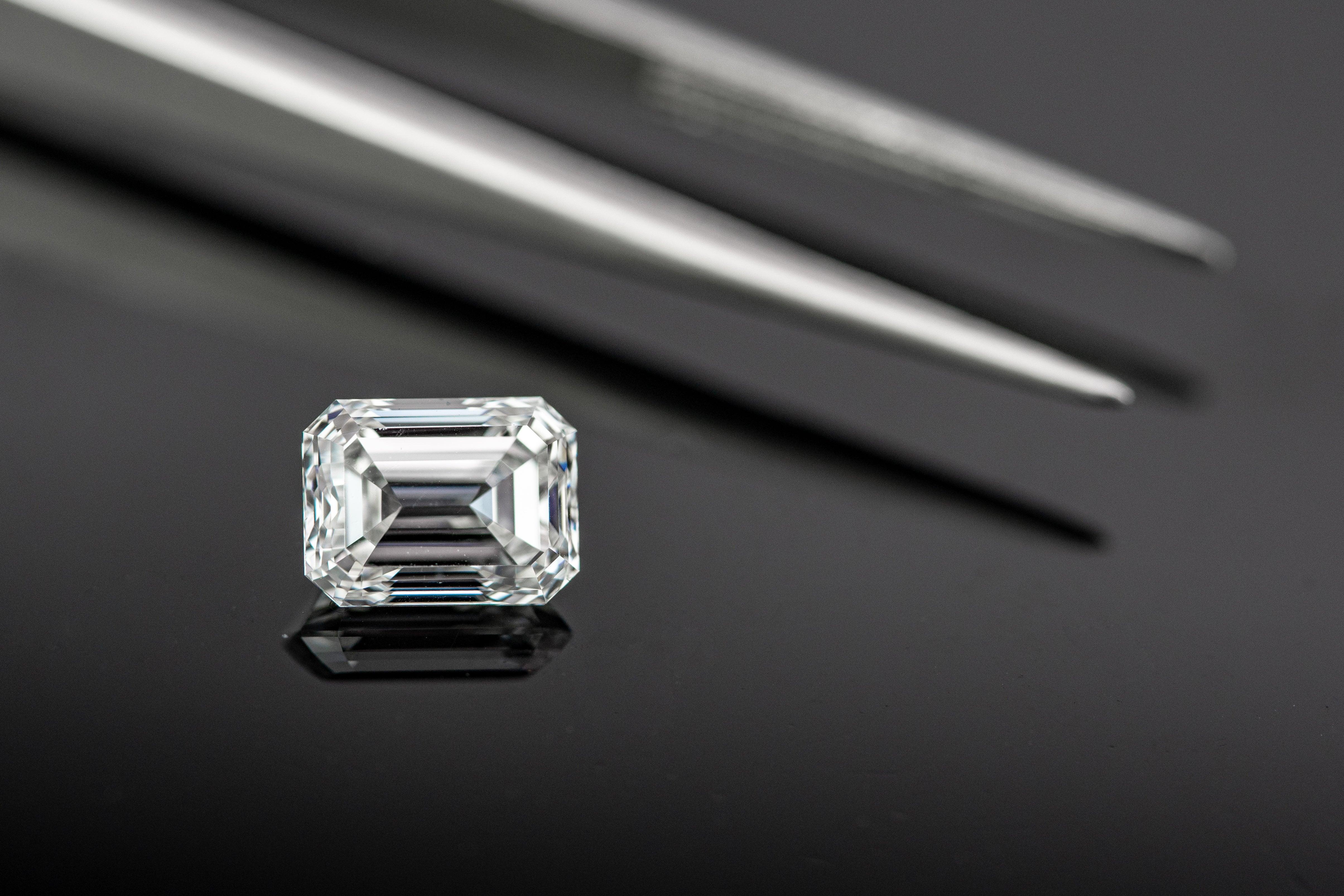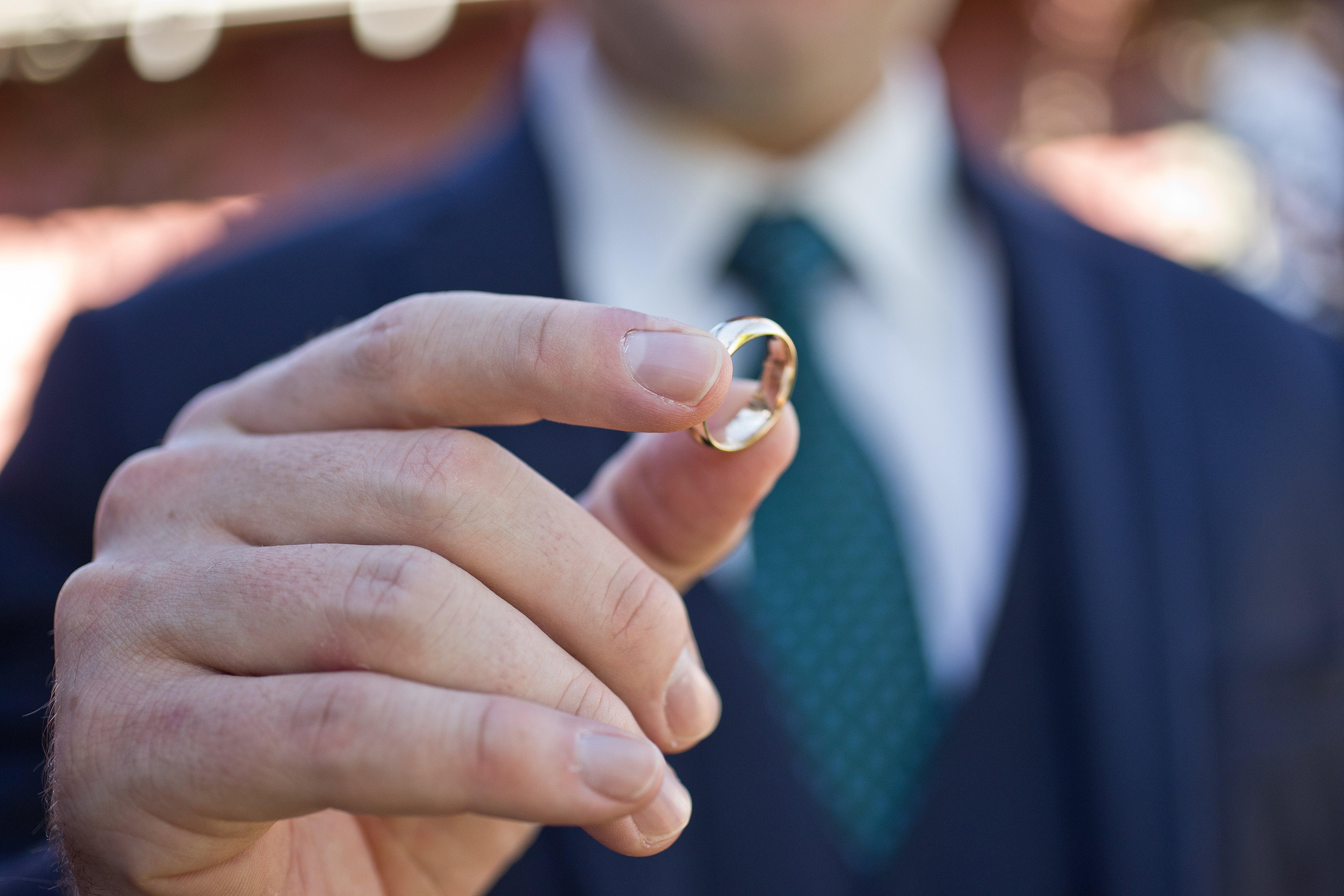
Pear Shaped Diamonds

Pear Shaped diamonds never go out of style, and often are at the front of it.
It looks like we are in one of those times again, as pear-shaped stones come roaring back in popularity as celebrities, socialites, and stars such as Anna Kournikova, Katherine Heigl, Margot Robbie, Ariana Grande, Paris Hilton, Cardi B., and Victoria Beckham have all shone a spotlight on that iconic shape recently.
Pear shapes go back all the way to the very beginning of cutting. In fact, they were created the very first year that cutting was developed, by the creator of the cutting wheel- the scaif- himself, Lodewyk Van Berken. The history of the pear shape is rather special because it has been most often cut with the original 58 facets that Van Berken started with, making it one of the most unchanged shapes since diamond cutting began. That being said, there have been variations in its relative shape, from very elongated almost like a misshapen marquise, to almond-shaped, egg-like, to a very squat partridge shape.
The reason for this inconsistency: pear shape stones are shaped largely by circumstance- the shape and size of the rough, and what imperfections it might have. A pear shape can mask some kinds of inclusions well, but not all, and a cutter must be careful to make sure the point of the diamond is as sound as possible. As a result, it is really quite important to examine pear shape diamonds closely to find the one you want. Our experts at Michael Gabriels are happy to present you with a range of stones to choose from.

When you are considering a pear shape stone, keep in mind some of the following.
They are pretty good at hiding imperfections, blemishes and inclusions, so you can go with a slightly lower clarity grade, and can definitely get away with a stone of VS1.
Their asymmetry presents a lot of fun for design.
Because of the generally shallower pavilion, and more spread out table and crown, pear shapes tend to be noticeably larger per carat than round diamonds of the same weight.
However,
Finding a well-cut pear is an involved experience that may take more time and effort than other cuts (though you could be really lucky and find the perfect one in a single go.)
Some pear shapes have disproportionate asymmetry. They can be too pudgy, or too elongated so that it looks like you are wearing a poorly designed rowboat. The consistently inconsistent proportions and shape are largely due to the varying nature of the original rough.
They can have a bowtie: Like ovals, poorly cut pear shapes may show a shadowy bowtie shape within the stone at the center of the view from the table.
On well-cut stones there will be almost no bowtie whatsoever, or you will only see parts of a small one in sequence as opposed to a big grey or black splotch inside the middle of your ring.
Make sure to see your prospective stone in motion before you buy as this is the easiest way to determine how much of a bowtie you are working with, and if it is too much for you.
There is a danger of chipping or damage to the stone, especially the fragile tip if it is unprotected. All diamonds are most fragile at their points, and few have as prominent a tip as pear-shaped stones.

To protect it you may want to use a v-shaped prong at the tip or a bezel setting. Our experts at Michael Gabriels are happy to help you design a setting that balances the security of your stone with your preferred presentation method.
They show color at their point, so we recommend using a stone with a color grade of H.
Pear shapes’ asymmetry extends below the teardrop façade you look down into. Beneath the girdle they are deep near the round end but very shallow at their point. Besides making this a potential weak spot, the increased light mobility causes the color in the stone to shine more there than in the deeper belly of the stone.
At a grade of H you won't really notice any color, no matter the setting. With color grades of I & J, you can still create a white look by contrasting the stone with a yellow gold band and setting.
How to wear it:

Traditionally pear shapes have been worn with the point facing outward and away from the palm of the hand.
But today designers have fun playing around with the asymmetrical shape and we now see it facing all directions, as well as alone, or paired with other stones either to balance, counterbalance or exemplify the asymmetry of the stone.
If you are interested in pear-shaped stones, please don’t hesitate to reach out to us. We are happy to help you find the stone of your dreams and produce the setting you prefer to wear it in.



